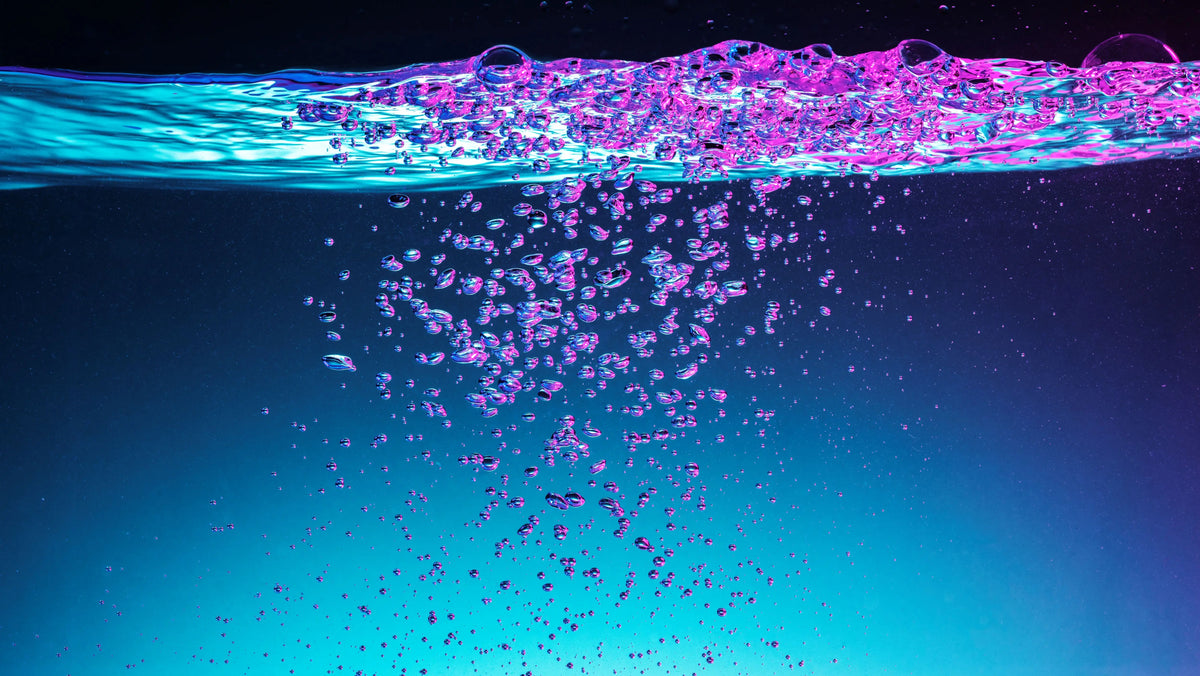DIY Reverse Osmosis System Part 2 Hook up and Testing a RO Membrane

So we built a reverse osmosis system from scratch with just a few inline filters and a membrane housing with a new membrane in our last video.
This video, we just wanted to do a quick test of the water quality of the reverse osmosis membrane. Normally, we would want to flush a system using a tank to really give it a good flow of water and get the unit to flush out quickly and properly but in this set up, we just want to run it for a good few minutes and check on the immediate quality of the water to show that the system works.
To see the set up and build of the unit, visit this link, click here.
So the only new item I introduced is diverter valve that attaches to the faucet.
Here is the part link for the diverter valve used in the video:
https://www.isopurewater.com/products/qmp-qmp502-chrome-compression-diverter-valve?_pos=2&_sid=11b891d4c&_ss=r
Reverse osmosis membranes usually comes with a spec sheet that will say the rejection rate (the quality of water after the treatment). Most typically are about 94-98% rejection. Filmtec for example is 97% under ideal conditions. Keep in mind that "ideal conditions" can be sometimes unrealistic. Filmtec's ideal condition would be soft water at 500 ppm at 77 F, 8.0 pH, and 15% recovery.
Water quality of reverse osmosis systems is measured typically in TDS (total dissolved solids) measured in ppm (parts per million), so we check this with a TDS meter. So for example, if you water quality is 100 ppm then after reverse osmosis it would be 3 ppm under ideal conditions.
However in a real application, you may not get an actual 97% rejection. Most likely it'll be above 90% but more in the range of 92-97%. So don't be alarmed if you actually cannot get the ideal rejection rate.
You can use a simple TDS meter like this to measure your water quality.
https://www.isopurewater.com/products/hm-digital-tds-ez-tds-meter-monitor-for-total-dissolved-solids
Keep in mind TDS only measures charged ions hence "dissolved solids". Things that don't have a charge will pass through and not really get counted so it's best to get a full analysis when treating unknown water to see if reverse osmosis requires pre-treatment or post treatment.
#reverse osmosis
#reverseosmosis
#diy
#rosystem
#rowaterfilter
#rosystem
#waterfilter
#diywaterfilter




